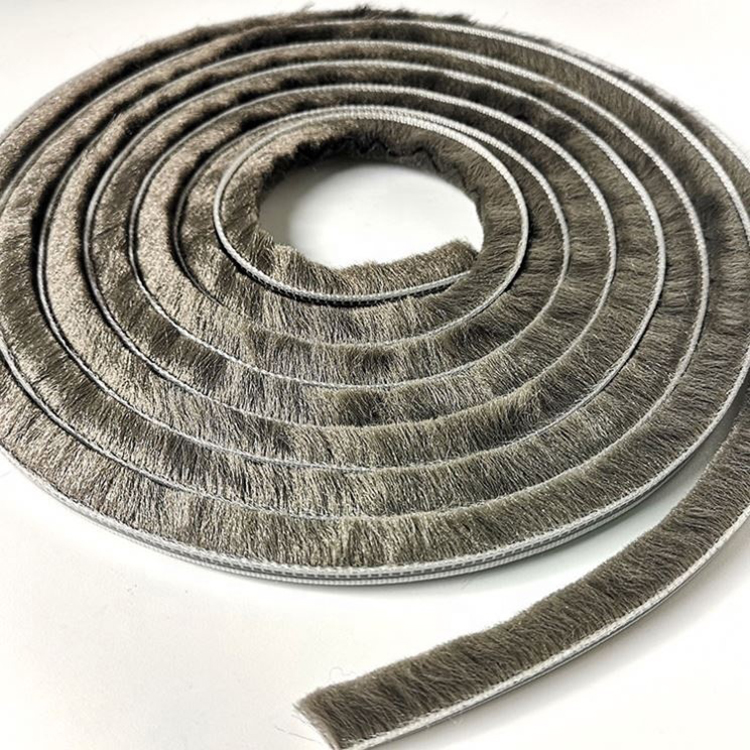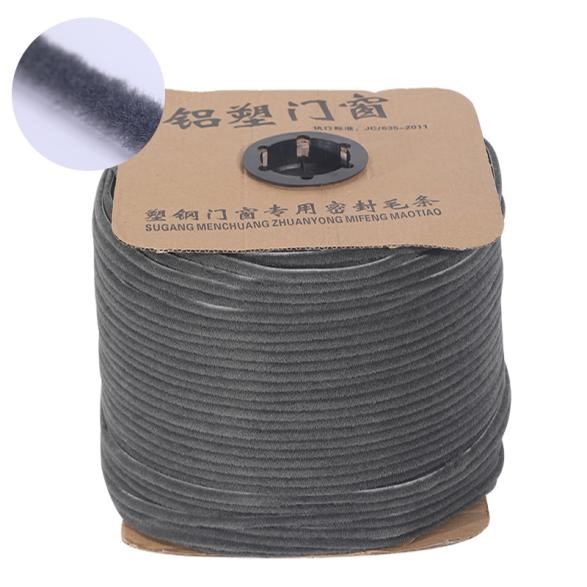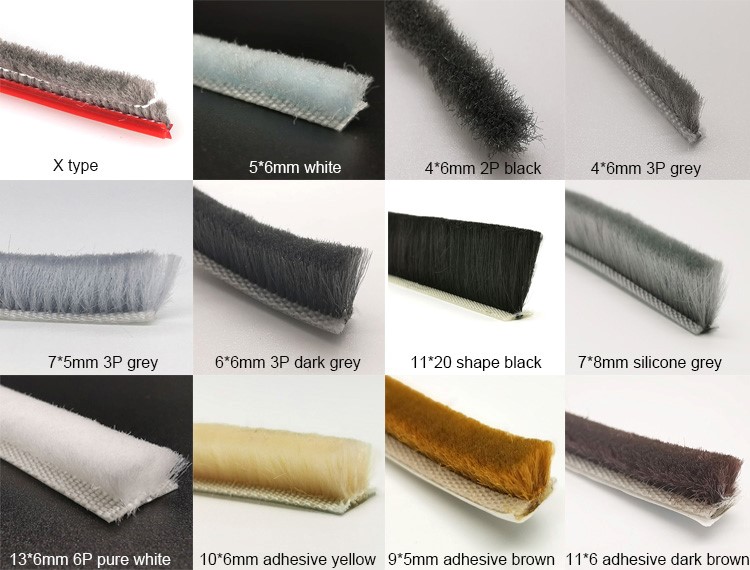Most heat loss at a window occurs through gaps between the sashes and the frame, and even small gaps can be big energy wasters. On a windy day, hold a piece of tissue paper or plastic wrap near the window and move it around. Wherever you see movement (either outward or inward), there is a significant leak. If you have drafty windows, follow our step-by-step instructions to learn how to weather-strip windows to conserve energy and save money over time.
Before you begin, make any needed repairs to the window and its frame. Once complete, the first step to weatherizing windows is to caulk, especially on the exterior. Also, check that the glazing putty on the outside is free of gaps and seals tightly against the window. Where glazing is failing, scrape it out and apply new glazing. On the inside, see that the joint between the glass and the sash is sealed with paint.
Weather-stripping where two surfaces push together (the horizontals of a double-hung window and the verticals of a casement or sliding window) is straightforward. Where two surfaces slide against each other (the verticals of a double-hung window and the horizontals of a casement or slider) calls for more precision. However, most weatherstripping applications only take an hour or two to apply. We’ll show you how to do both with our guide to weather-stripping windows.
Before You Begin: Identify Gaps in Windows
A double-hung window has a number of potential leak points. Most prominent are where the bottom of the upper sash meets the top of the lower sash, where the sashes slide against the jamb, and where the bottom sash meets the stool. These gaps must be sealed with weatherstripping. Gaps can also be found on the outside of the casing, the underside of the stool, and the apron.
Types of Weatherstripping
Nail-on weatherstripping is the most durable choice if you have a wood window. Spring bronze works well for gaps that are consistent in width. It is also the best-looking product. Where the gap is large and uneven and looks are not as important, a tubular vinyl gasket is a good choice. Strips of felt are a poor choice because they don’t seal well and are not durable.
Self-adhesive weatherstripping is easy to cut, making it the most convenient choice. If you choose self-stick V-strip tape, be sure it is made of EPDM (ethylene-propylene-diene-monomer), which stays flexible for many years, even when exposed to extremely low temperatures.
Foam weatherstripping is easy to apply and fills large and uneven gaps effectively. However, it usually doesn’t last long. Open-cell foam is the best at bouncing back after being compressed, but it can only be used on the inside. Closed-cell foam is weather-resistant but short-lived.
For quick but temporary sealing, use rope caulk or a shrink-wrap plastic window kit, which can be removed when the weather gets warm.
contact us
Company: Sichuan Jiayueda Building Materials Co., Ltd.
Contact: grace Lee
Email: gracelee@jyd-buildingmaterials.com
WhatsApp: +86 173 4579 3501
Post time: Jun-24-2022







